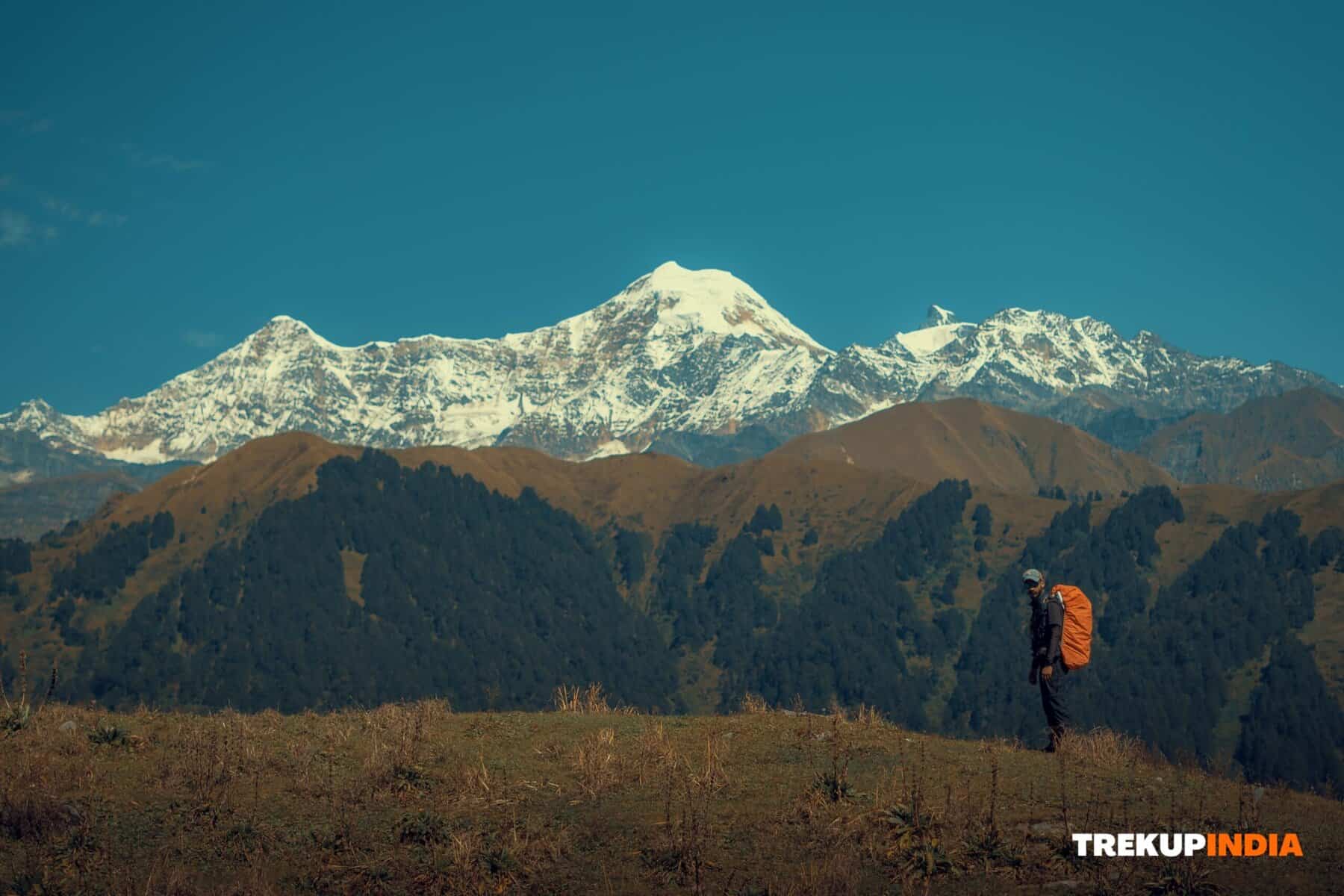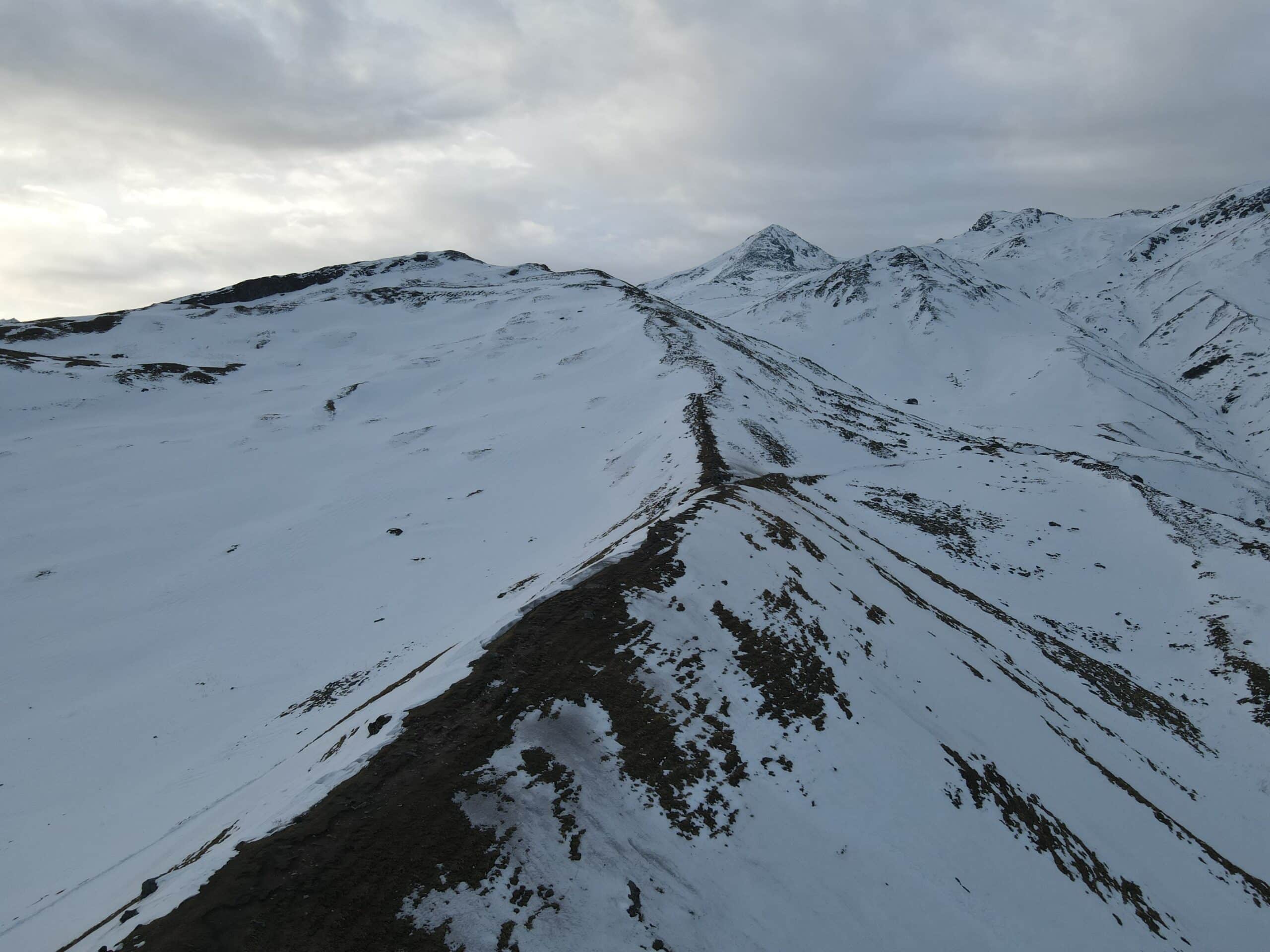How To Get Fit For Himalyan High Altitude Treks
The biggest concern for many trekkers is their fitness for a trek at high altitude. A steep climb, rough terrain, walking through the snow, all of them could be difficult. However, they can all be tackled with the help of prior preparation. Here’s how to prepare to go on an Himalayan trek.
At TrekupIndia We insist that all trekkers train for at minimum two months and be fit prior to going to a trek. This is a must for a successful trek. However, many trekkers might run out of time too, and for that reason, I’ve included a separate plan below.
This is a comprehensive instruction guide, which will ensure that at the end of the book, you’ll be aware of precisely where you are and what you should do to improve when you sign in for the debut Himalayan trek.
Let’s get started.
Although you could create a comprehensive training program to help you be fit, you must to concentrate on two main factors:
- Cardiovascular Endurance
- Strength Training
When you go on a trek at high altitude you gain altitude with every step that you make. When you climb altitude the oxygen levels in the air decreases. This means that your heart needs to work harder with less oxygen. It’s not an easy task.
You require cardiovascular training in order to handle these continuous climbs with ease.
In addition, you can include some resistance training.
Let’s start with Cardiovascular Endurance
A trek at high altitude requires you to develop an adequate amount of endurance.
we’ve been encouraging trekkers to exercise by jogging. This has yielded amazing results.
We advise them to focus on five miles in just 40 minutes.
The average is around 8 minutes per mile, which is a decent speed. If you are able to achieve this speed, you will be able to complete an easy-moderate Himalayan trek.
Here’s how you can do it.
Portion 1 (when you’ll have about 2 months before your trek)
- Start by jogging at the slowest speed you are able to do. Check to determine the longest distance you are able to do without becoming exhausted. This is known as the starting distance.
- On the next day, you should aim at increasing 0.25 kilometers over the initial distance. Don’t worry about the amount of time you took. Utilize a running app such as Strava or Nike Run Club to keep track of your running.
- On the next day, you can increase the distance by 0.25 kilometers over the original distance traveled. Do not be concerned about the time spent.
- Continue to gradually increase distance for four days in one row.
- The 5th day is the best time to take an afternoon break. Let your muscles recuperate.
Portion 2:
- Try to jog for 4 days countinously from starting of 6th day to increase 250 meter per day, don’t worry about the time taken. And take break on 5 th day
- When you achive a distance of 5km then track the time taken to cover the distance of 5km.
- After this try to reduce the timr taken to cover the distance of 5km.
- An ideal time to cover 5 km is 45 minutes. If your age is avobe 45 then try to cover 5 km in 52 minutes.
If you feel overwhelmed by this, don’t worry.Most of our trekkers have been capable of building the endurance from zero Level to Level 3 in only 30 days.
We’ll move on to Strength Training
A trek at high altitude requires you to climb some steep hills. It could happen while climbing or the descent. The terrain can be uneven often with snow.
In order to be successful under these circumstances, you’ll require strong leg muscles and a solid core.
Squats are the most effective method of building leg strength in a short time. Particularly your glutes, thighs and knees.
- Start at 10 Squats. This is a set. Learn to perform an appropriate squat, by searching online for tutorials.
- When you’re comfortable with 10 squats (this could take anywhere from 3 to 4 days) then take a break of two minutes before beginning with your next set. Begin your second set by using only two squats. Thus, your set one will be 10 squats while the second set will have just two squats, resulting in 12 squats.
- Every day, increase the squats during the second set by two. This means that the next day you’re performing 12 sets with a two minute break, and then you do another set of four sets, making 16.
- Have a break every four days to allow your muscles to rest and recover.
- You should be able to complete two set of twelve squats easily in between 15 and 18 days.
- Make sure you do three sets of squats before your journey begins.
- For strengthening your coremuscles, there’s no better way to strengthen your core than planksand the hips. Both are routine exercises.
- For Planks Start by doing them 20 secs at a time on the first day. Add 5 seconds each day until you are able to keep it for one minute.
- For Hip Raises Follow the same method the same way you would for Squats.
What should you do if have limited time?
There are times when you join a trek group later less than 30 days prior to the date that the trek begins. This places a huge strain on your training schedule.
In such a scenario it is imperative to begin training with no delay. It is essential to reduce the training schedule to ensure that it will quickly bring you to the point that allows you to run 5km in just 40 minutes.
Increase the distance you jog by 0.5 km every day instead of 0.25 previously suggested.
- Begin by beginning with the slowest running you can do. See the longest distance you are able to do without feeling tired.
- The next day, try for an increase of 0.50 kilometers over the initial distance. Don’t be concerned about the amount of time you will need.
- On the next day, you can increase the distance by 0.50 kilometers over the previous distance you covered. Do not be concerned about the time you took.
- Keep increasing the distance for four days in one row. On the fifth day, you should take a break. Let your muscles recuperate.
- Starting on the 6th day from the sixth day onward, run for 4 days, increasing the distance you run by 0.5 km per day. Pause each 5th day. Don’t worry about the amount of time you have taken.
- If you manage to achieve 5 km, record the time required to travel the distance. This is the time you started.
- In the coming days, continue to maintain the distance until your first day of your trek. Let your body adjust to the strain of running. This preparation is vital to successful completion of the walk.
- A ideal goal is to complete 5km in just 40 minutes (averaging 8 minutes per mile). If you’re over 40 5km in 45 minutes is your standard (avg nine minutes/ mile)
- The most you should aim to achieve if you’re in a hurry is to be able to run 4 miles in just 32 minutes. This is not the ideal, but it’s optimal. The greater distance you travel the more endurance you will gain.
Share this article
Want To Trek Like Pro?
Check out the following videos if you want to trek like a pro trekker and improve your skills. These videos contain helpful tips, tricks, and techniques to help you trek like a pro. Whether you’re a beginner or an experienced trekker, these videos can provide valuable insights to enhance your trekking experience. So, watch the videos below by Trekup India experts to take your trekking skills to the next level.







Know Everything About Acute Mountain Sickness
Acute Mountain Sickness is a medical condition that can occur when individuals travel to high altitudes, typically above 8,000 feet. It is caused by the decrease in air pressure and oxygen levels in the air as altitude increases. Symptoms of Acute Mountain Sickness may include headache, nausea, vomiting, dizziness, and difficulty sleeping. To avoid Acute Mountain Sickness, it is important to gradually adjust to high altitudes and seek medical attention if symptoms worsen. To learn more about this condition, check out the videos by Trekup India.









